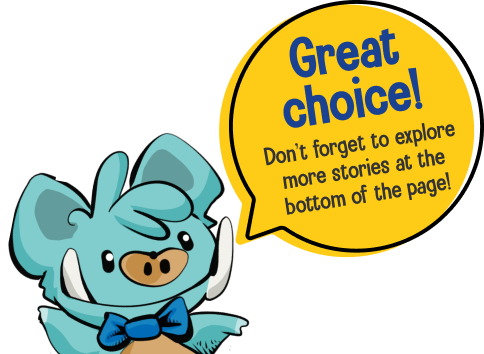
Rhino poaching drops in South Africa after dehorning programme
Vets carefully remove horns to deter poachers, aiming to save the endangered species




Why do people poach rhinos?

What other things could be done to protect rhinos?

Why do people poach rhinos?

Difficulty: Challenger (Level 2)
Rhino poaching in South Africa dipped in the first half of 2024 after the government started a programme in April to remove their horns.
The dehorning process is similar to how poachers remove an animal’s horn, but it is done by an experienced vet with great care. A pen is used to mark where to cut the horn. The cut is 7cm from the bottom of the front horn and 5cm from the bottom of the back horn.
The rhino is given a medicine so it cannot feel pain. Then, a chainsaw, a mechanical cutting tool or a wood saw cuts the horn off. The animal’s eyes and ears are covered to protect them from the noise and vibrations of the saw. After the horn is cut off, the remaining part is trimmed and covered with a special sticky substance to prevent it from cracking or drying out.
South Africa is home to the majority of rhinos in the world. This makes it popular with poachers who steal rhinos for horns (see graphic).

People in some Asian countries believe rhino horns can reduce fevers, stop nosebleeds, and even prevent strokes. This is not true. Rhino horns are made of the same protein that makes human hair and nails.
At the end of 2023, South Africa had 16,056 rhinos, including 2,065 black and 13,991 white rhinos. Black rhinos are critically endangered.


What other things could be done to protect rhinos?